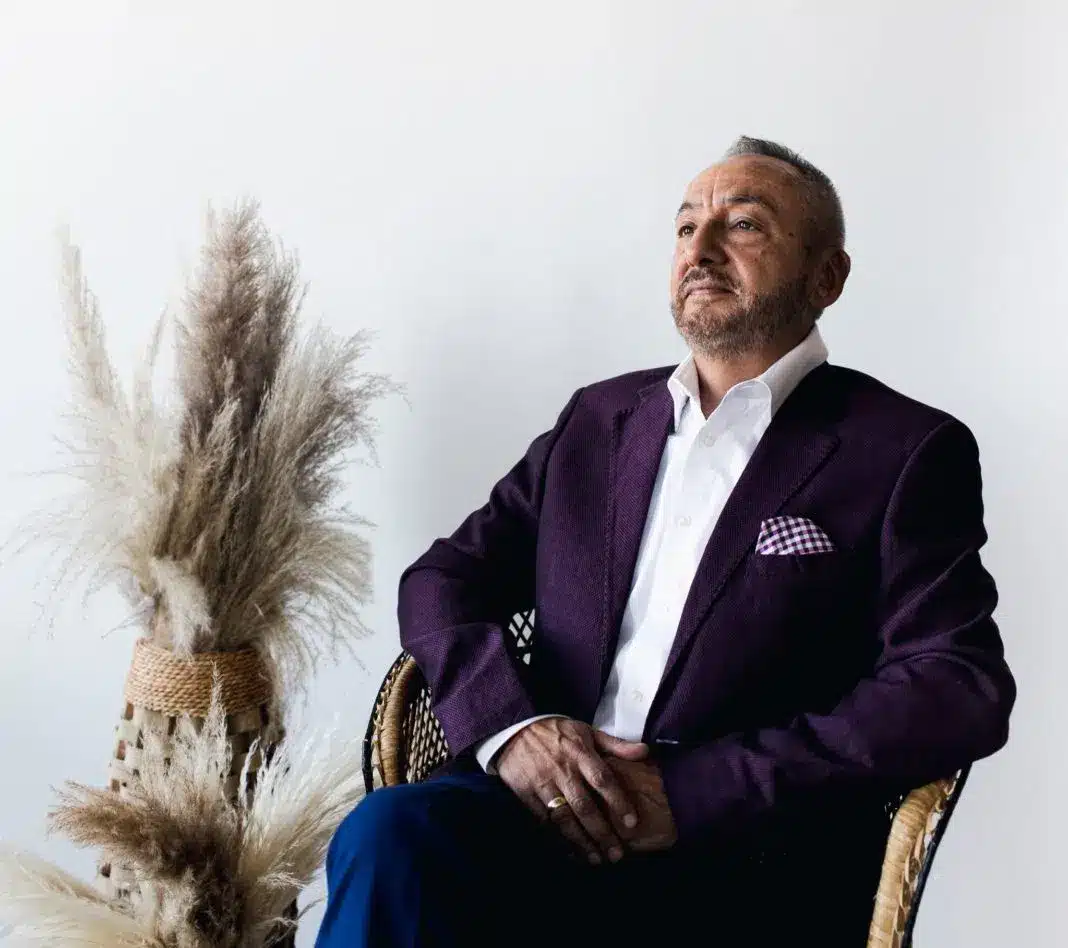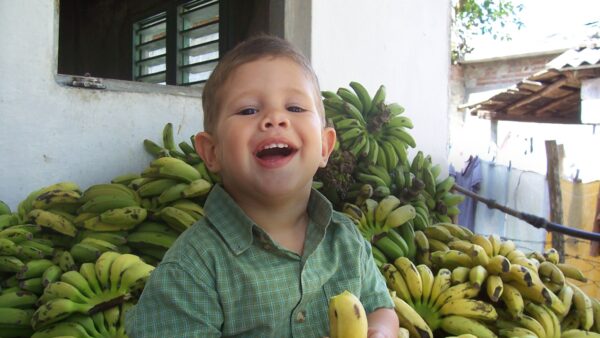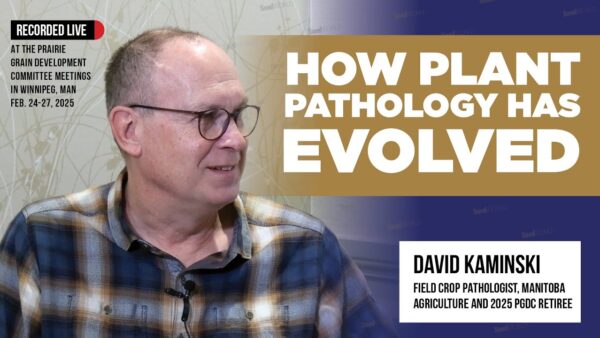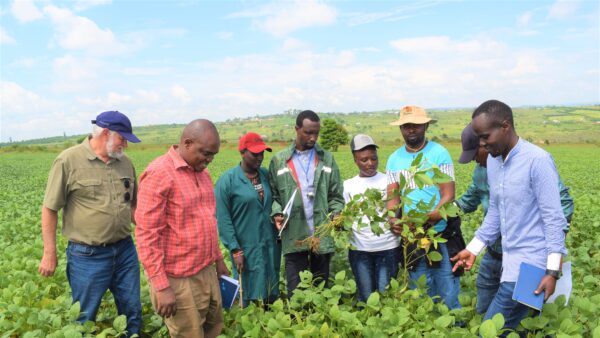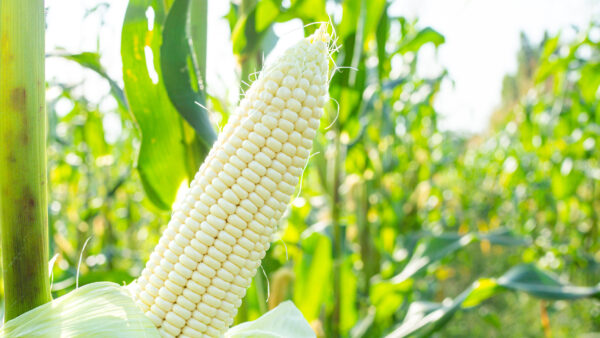Angel Saavedra, newly elected president of the Seed Association of the Americas (SAA), shares his insights into SAA and the global seed industry with Seed World.
Seed World (SW): What prepared you to take on this leadership role at SAA?
Angel Saavedra (AS): Talking with leaders of several national seed associations and seed regulatory authorities from many countries in the Americas helped me to be prepared for this leadership role. However, I could say that we are never well-prepared for this kind of responsibility. I have four years of experience as president of the Mexican Seed Trade Association (AMSAC), where I learned many aspects of the seed business, from breeding and production to the distribution. I come from the regulatory side of seeds and crop protection with 29 years of experience. This experience taught me that I still need to learn more from all of the national seed associations in North and South America, who are the SAA’s main pillars. Nevertheless, I’m able to understand the main needs and be part of the solutions that this great association might have for them. Also, the support of the company I work with, Corteva.
SW: What is the main goal you have set out to achieve as president of SAA?
AS: We would love to have an organization that can bring solutions to the national seed associations and its members (seed companies) with the main issues that affect them. Together, with the board members and SAA staff, we work towards the recognition of SAA as the voice of the seed industry within the Americas. That’s why SAA has four important working groups: biotechnology, phytosanitary, seed treatments and intellectual property.
For biotechnology and plant breeding innovation, we are currently working for a better understanding and acceptance of gene editing in all countries. We need to tackle phytosanitary issues, such as seed testing at the borders, amount of research seed to be sampled, time to get permits, you name them, we need agility in this area to give growers the seeds they need without delays. Seed treatments, with the understanding that protecting our seeds is the most critical aspect in the initial phase of production. We need to follow clear stewardship programs. And last, intellectual property. If we understand and respect the rights of an innovator, all seed stakeholders will benefit from R&D discovery. Out of those critical goals, the most important would be the phytosanitary issue because of the direct implication of moving seeds for research and development.
SW: How has this goal shifted in light of current issues such as supply chain interruptions?
AS: In order to solve all phytosanitary issues, what we need most is agility. Of course, other aspects need to be solved as well in order to have faster responses and agility, such as solving bureaucratic requirements with companies and agencies and clear and communicated plans in research and development. Two other aspects that I consider important to have in mind are science and trust among companies and official authorities. By combining science and trust, countries could share experience, data and solutions to facilitate seed movement around the world, without affecting the integrity of the seed business and compromising the sanitary aspects of the seeds and crops.
Supply chain is reducing the pace of all movements worldwide. We must act quickly when the issue arises … we need creative ideas to overcome the delivery of seeds and I am confident that any company can work on adjusting their processes in different ways and we — SAA and national seed associations — have to be close to support them.
SW: What country in the Americas do you believe shows the most promise to step up in the agricultural world?
AS: Awesome question that probably needs a crystal ball to answer. There are various great countries producing seeds and moving ahead with high yields and huge production in the Americas, all of them with great facilities and innovation techniques. Talking about grains, Brazil and the U.S. are two of the largest producers in the world, not only for the Americas, but for the rest of the world, followed very closely by Argentina.
When we move to vegetables, there is a great competitiveness between Chile and Mexico as the main producers and exporters in the Americas. We must take in consideration that inflation is affecting several of these countries and reducing their potential to grow. Argentina and Brazil in particular, but even further developed countries do not escape this situation, and this could, in some way, affect their ability to produce and export. Counter season production is key to accelerate processes and guarantee access to better varieties. Argentina, Chile, Peru and Uruguay are great partner countries to those in the northern hemisphere.
SW: What’s the biggest concern you see on the minds of SAA members right now?
AS: A big concern from an association perspective I have is the need to strengthen member participation at SAA to better represent the industry. We need a unified voice in the whole continent that can speak for all its members to promote and facilitate seed trade in the Americas and globally. This voice is the reference for key topics and important aspects we are discussing worldwide, such as intellectual property, new breeding techniques and phytosanitary issues. Another major concern is the war against Ukraine. The human toll is unimaginable. It is affecting prices of raw materials and increasing cost of production, creating an unpredictable situation in the supply chain of seeds.


